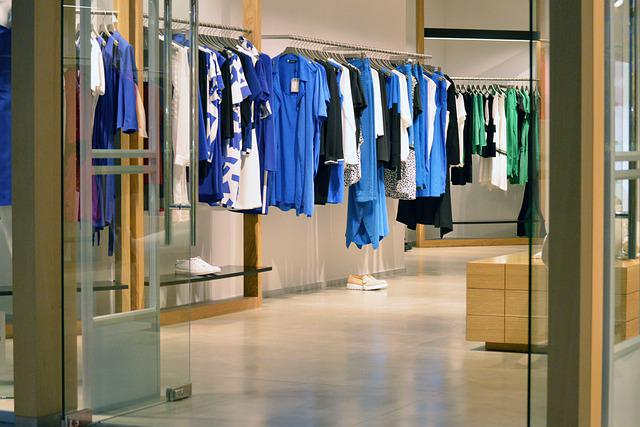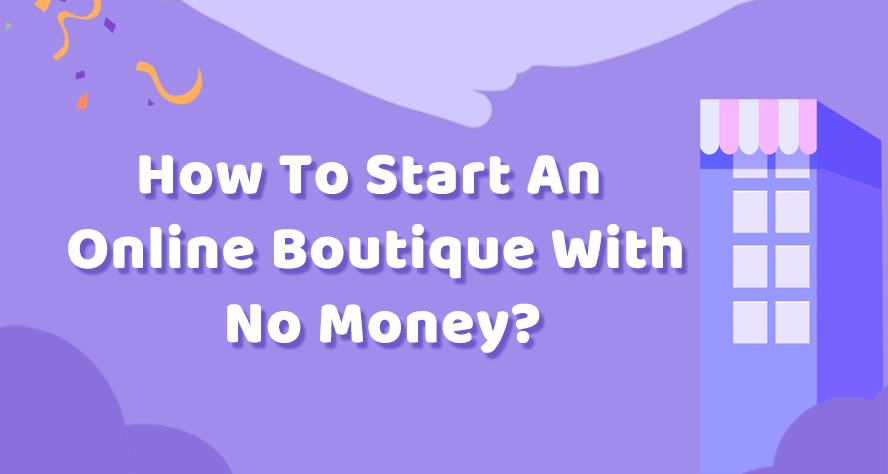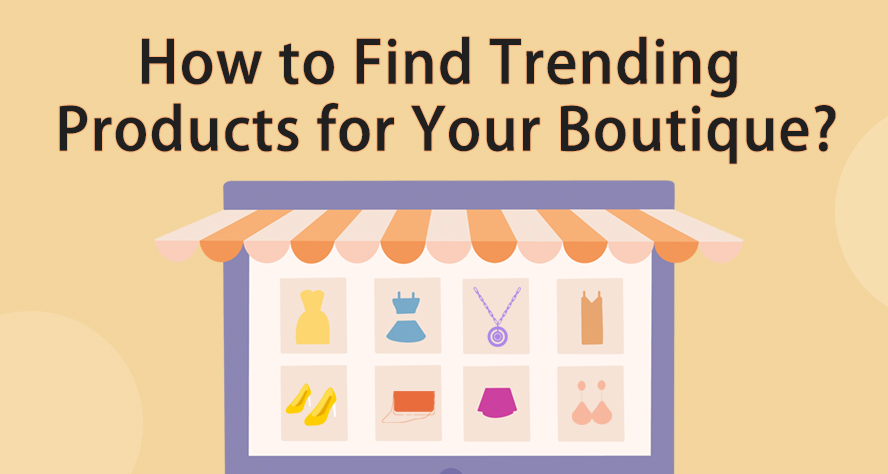
Whether you have an established business or are a start-up entrepreneur in the boutique industry, it’s always nice to learn new ways of cutting costs. It can be challenging deciding which overheads are necessary and which ones you could reduce – especially when it comes to necessities like electricity and rent. Here are some great examples of ways on how to cut costs for a boutique business.
Sourcing materials:
Sourcing materials is essential in owning a boutique business. You should ensure that the material you use for your boutique business is high quality. And, if you have been sourcing them from the market, you may have to pay higher prices than usual. In this case, you can get several ways to purchase materials at wholesale prices and earn a significant profit. The first way is to get a bulk order from the manufacturer and then sell it at higher prices as big retail shops do for their products. The second way is to directly buy (also known as drop buying) from your preferred shop with bulk orders. These orders are sold at the same prices as the big retail shops, and the profit can be earned from selling them at a higher price to other customers.
In addition to local vendors, you can also work with online apparel suppliers. Working with suppliers with an internet presence will save you money on your boutique business. They can offer products that are more than ever available in stores at more affordable rates even before they land up in stores. They can also present information that a physical store cannot match. And, as everyone knows, modern technology has ended all barriers between buyers and sellers that used to exist before its arrival on the scene. Anyway, compare products and prices from multiple suppliers and choose the more advantageous one. These techniques can help you cut costs by avoiding overpriced raw materials in the first place.
Open an online store
In-store shopping is not dying out, but more and more people are eager to shop online. Opening an online store will broaden your audience and sell your products further afield rather than just locally.
How Much Money Do I Need to Open My Own Boutique? Read this article and get to know!

Online Marketing
Even if you don’t want to invest in a boutique online store, online marketing is worth trying. Don’t be afraid to put your marketing toolbox to good use! While you may have been happy with the advertising methods you’ve used in the past, now is the time to try something new and see how it works for your boutique. That can include paid and organic advertising, blogs, and vlogging. Whatever channels you choose, ensure you’re only paying for what brings in the most customers – so ask yourself if that means paying extra for quality social media advertising or saving money by spending less on Facebook ads.
The traditional in-store shopping method also does not fully satisfy your customers’ needs. And the increase in multi-channel shopping (in-store, online, mobile) makes it even more important for retailers to have a digital presence.
Collaborating with other designers:
Collaborating with other designers can produce cost-efficient work. This technique is effective in any niche, and it works when you share your ideas with fellow boutique business owners, and the result is something neither of you has come up with. This way of working can help you find better quality and still reasonable prices for materials required by the design you have in mind. Provided both parties are contented, there will be no problems in the working relationship, and both will benefit from it.
Go To Trade Fairs
Going to trade fairs is another excellent way to save money on production costs and get some exposure for your products or services. It can be a lot of work for one person to run the whole thing, but by having a team go to trade fairs, you’ll have a more hands-on-deck – which means that you’ll be getting more done in a smaller amount of time. That can not only result in having more money to spend on marketing and advertising, but it can also give you access to new markets that weren’t available before.
Reduce unnecessary expenses
Think about whether there are unnecessary expenses your boutique could save on, such as paying handling fees, electricity, water, employee benefits, and others. See if there are more cost-effective alternatives.
Getting your credit card is another excellent way of cutting down on costs, as it allows you to take out loans and pay interest-free if all your payments are made on time. Getting a credit card is simple as most banks will let you open one without you needing to generate any documentation. If your bank doesn’t offer this kind of service, then ask them – they may be able to use your business as a form of collateral.
Cut Down On Your Staffing
If your staff is constantly sick, the odds are that your boutique also has a bout of sniffles. That can result in unnecessary doctor visits, lost productivity, and, ultimately, a less than optimal experience for your customers. If you find that your staff is not as effective as it could be, evaluate the root cause of this problem. In many cases, it will be found that the shop is too warm or there are not enough air conditioning units placed around the store. In other cases, there may be a lack of medication hanging around. It could be time to rethink your staffing levels and consider cutting down on the number of employees on hand.
Reduce customer acquisition costs
Statistically, it costs retailers more than five times as much to acquire new customers as it does to re-engage existing ones. In addition to working to acquire new customers, you can focus on customer retention to drive sales and reduce customer acquisition costs. Retailers can improve customer retention through loyalty programs, such as setting up customer VIP discounts, birthday benefits, and improving customer service.
Don’t Overstock
No one will create a boutique to sell products easily. Before placing an order for a new product, look at its sales history and determine if it is selling well enough to justify its existence. If the item is not selling well and there are no additional items that need to be ordered for your business to grow, it may be time to consider discontinuing its production. That may be a more difficult decision in certain industries where the demand for certain products is significantly higher than others. For example, if you are a boutique that makes its clothing, it would be easy to discontinue selling one-of-a-kind items or clothes that do not sell well. However, if you are a boutique that sells mostly antiques or collectibles of any kind, there is no need to remove any items that may not be selling well.
Don’t Keep Too Many Back Orders.
Just as we warned you against overstocking, keeping too many backorders is also a problem. If a customer has ordered a certain piece of clothing, they expect it to be delivered at some point in the future (hopefully soon). You are not recommended to have more than one back-ordered item per customer. And you can have more than one back-ordered item in your inventory if you are prepared to fill those orders quickly. You should remember that if you are having difficulty getting your products to customers because of back orders, it may be time to reevaluate your business model and bring in more staff or find a cheaper shipping cost solution.
There are boutique business owners out there who believe that nothing is better than cutting costs. They have realized that every business has its set price, which gets more expensive as you grow. The cost-cutting approach may make sense for some, but others want to stay profitable without having heavy financial burdens in their life.







